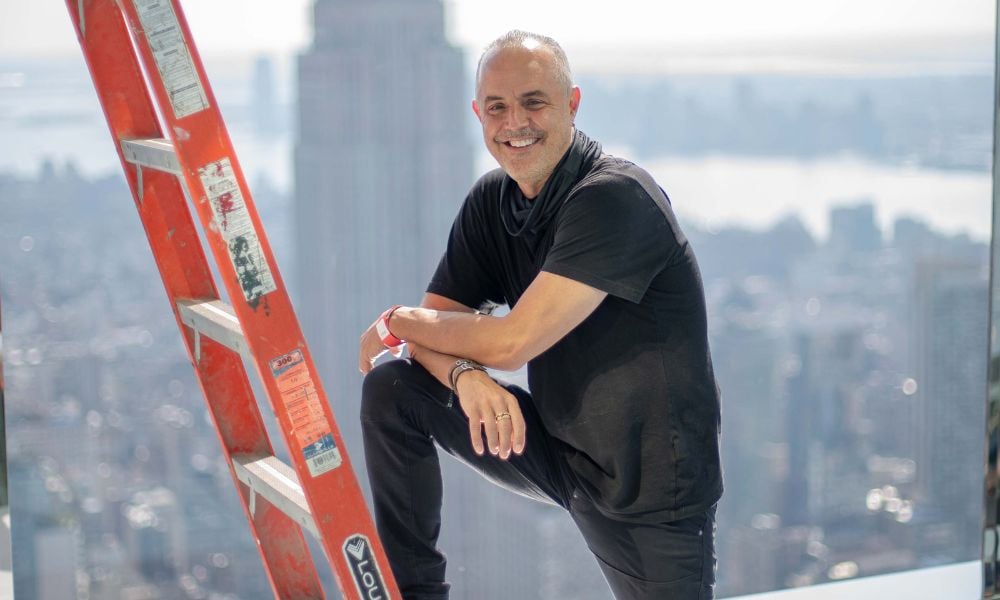
PR guru reveals how HR leaders can mitigate a brand disaster

As HR leaders, you’re often called upon to make those tough calls that everyone else is reluctant to take up – particularly when it comes to terminations. The recent ousting of Lisa LaFlamme from CTV National News has given rise to questions around the correct way to terminate employee contracts. Something which Eric Yaverbaum, CEO of Ericho Communications, believes should be done transparently, respectfully, and with grace and gratitude. Speaking to HRD, the PR guru revealed his own opinions on LaFlamme’s sudden departure and advised HR leaders on how to layoff staff with care.
“The abruptness, lack of transparency, and lack of respect in Bell’s handling of this situation were a sure-fire recipe for a PR crisis and have fuelled speculation that sexism and ageism played a role in LaFlamme’s dismissal,” he told HRD. “Simply put, this is not how you treat your employees—and certainly not one that has been with you for 35 years and has had as impressive of a career as LaFlamme.”
Read more: AskHRD: How can I support my people through inflation?
There’s no denying that a PR disaster can have unprecedented repercussion on a brand – big or small. In today’s digitized world, where everything can be recorded, uploaded, an shared in an instant, employers should be constantly on their guard to protect their reputation. As a public relations expert with over 40 years in the industry, Yaverbaum believes that the simplest and most effective way to heal a PR breach is to offer a sincere, and authentic, apology.
“Believe it or not, but there actually is a ‘right way to apologize’,” he told HRD. “While it may be tempting to want to simply say sorry in order to be able to move on, that’s absolutely the wrong way. Before a public apology is even made, there needs to be some serious self-reflection where you come to a meaningful understanding of why what you did was harmful (remember even if it wasn’t the intention, the harm caused is real). Once you fully understand why it was wrong, then the next step is to fully own what you did, lay out how you intend to prevent a recurrence, and—critically—immediately follow this with the appropriate action. Making things right is a process, not a one-and-done deal. The key is a genuine understanding of wrongdoing along with a tangible commitment to do better.”
Over the past few years HR’s gone from an administrative role to a strategic business partner – a function that the C-suite (quite simply) couldn’t do without. Having been propelled into the heart of the organization, HR not sits at the helm of people strategy – something which directly impacts every arm of a business. For Yaverbaum, he believes that HR leaders have the propensity to end issues such as ageism, racism, and sexism in the workplace for good.
“All employees deserve to be treated with respect,” added Yaverbaum. “All inclusive workplaces begin at the top and HR has the power and influence to model how all staff should be treated. It’s not enough to simply send notices stating that ageism is wrong—this needs to be made clear by how HR and leadership treat all employees.
“Open up lines of communication so that workers can easily express concerns and receive the appropriate support. Disseminate clear, simple, and fact-based information that helps to dispel biases and be sure that it’s in fact modelled from the top down every single day. Take concerns seriously, investigate them transparently, and have clear, zero-tolerance repercussions for discrimination.”